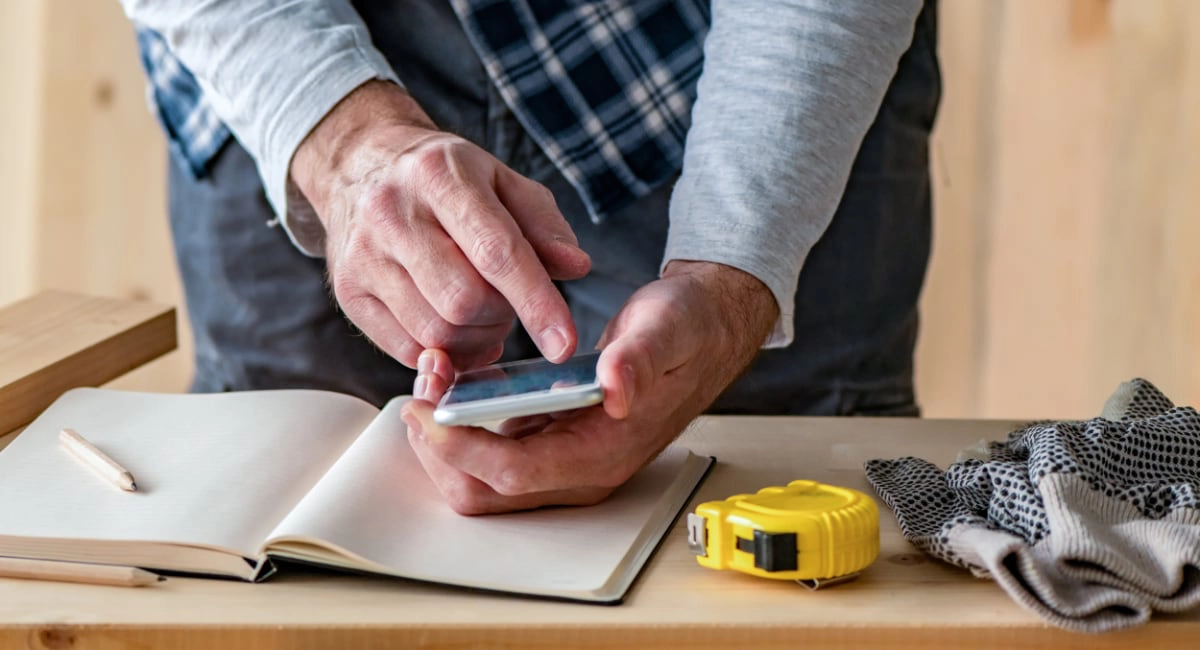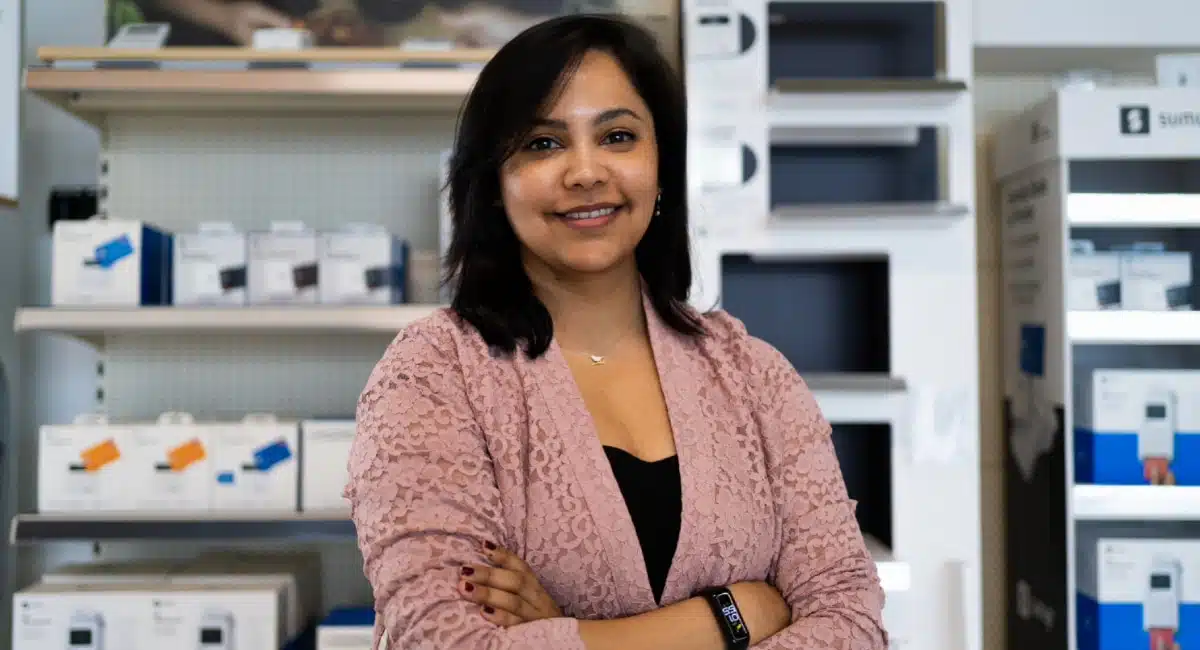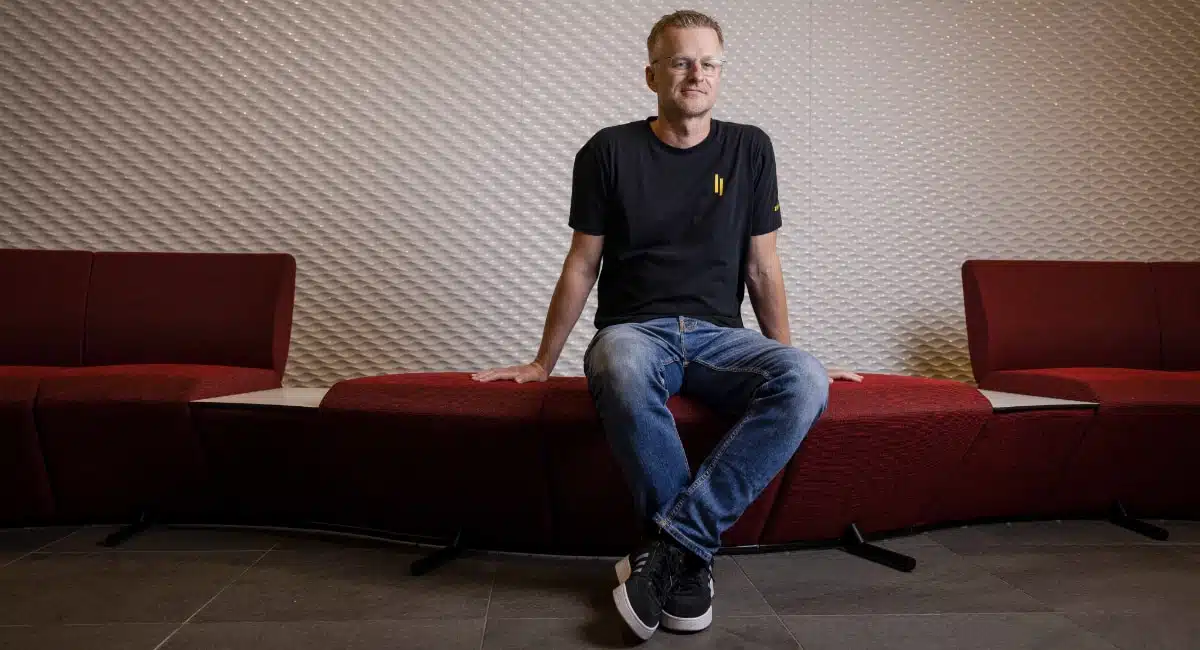Mobile apps have quietly transformed the way many sole traders and small businesses are going about their day-to-day admin. Some have skipped paper and computers altogether to run their company entirely from a mobile device.
CEO Roan Lavery of Edinburgh-based FreeAgent, a cloud accounting system for freelancers and micro-business owners, has been part of that journey. As a co-founder in 2007, he witnessed and fuelled the shift towards mobile.
FreeAgent facts
- Founded in 2007 by Ed Molyneux, Olly Headey and Roan Lavery
- Offers accounting software for small businesses
- Used by 150,000+ small businesses
- Headquartered in Edinburgh, Scotland, with around 230 staff globally
- Acquired by the NatWest Group in 2018
Paperless mobile admin
When starting out in 2007, the goal was to make software that was easy for non-accountants to understand and use; software that benefitted from the power of the internet. FreeAgent realised early on that the convenience of mobile phones would take user-friendly accounting even further, so the company launched their first mobile app in early 2014 already.
Since then, artificial intelligence and machine learning have been integrated into mobile accounting apps, making them even more useful. Tasks such as invoice reminders can be automated and expenses categorised, resulting in more useful reports.
All the benefits of cloud accounting in an internet browser are also available in mobile apps. Not only can businesses get an overview of their cash flow, bank balances and profit, they can also carry out admin tasks like recording expenses, tracking time and creating and managing invoices while on the road.
Roan Lavery says FreeAgent has seen a shift from desktop to mobile invoicing:
“There’s definitely been a continuing movement towards mobile invoicing in recent years. With the evolution of accounting technology and fintech apps, it’s made creating and sending an invoice from your mobile phone easier than ever – and that’s something that many small business owners, including our own customers, are choosing to do.”
Lavery says they have seen a whopping 70% increase in mobile invoicing year on year. This trend is part of a bigger shift among smaller businesses towards the use of smartphones as their main admin tool:
“Obviously, some of the increase is down to our customer growth and the new features and improvements we’ve been making in our mobile offering in recent years. But it’s undoubtedly also been driven by this wider cultural shift in the micro-business sector towards ‘admin on the go’ as standard practice.”
Faster payments
Invoicing on the go has not only saved small business owners time on admin. It also has an effect on cash flow.
A recurring problem for small businesses is late payments from customers. The latest 2023 figures from the National Federation of Self-Employed & Small Businesses (FSB) show that 52% experience late payments. This is in line with statistics from the last decades consistently showing that around half of small businesses experience late payments.
This is particularly true with small suppliers, who tend to experience late payment from bigger businesses. FSB has gone as far as to call for regulation to stop bigger businesses from treating suppliers as a free line of credit.
The sooner an invoice is with a client, the sooner they’re likely to pay
But behind the overall figures is a more diverse picture. Accounting and invoice software companies sit on a wealth of data showing that payment time has shortened with certain practices when invoicing the consumers.
“Generally speaking, the sooner an invoice is with a client, the sooner they’re likely to pay,” says Roan Lavery.
How soon an invoice is with a customer after the completion of the job matters for the payment time. Offering online payment options can help too, says Lavery:
“It’s becoming common practice now for some small businesses – and in particular contractors and those in the building trades – to send their invoices straight from a mobile app as soon as a job is completed.”
Historically, you would’ve had to wait until you were back home to do your invoicing. And that would mean running the risk of getting distracted by other priorities or waiting until you did your weekly financial admin before you got round to sending an invoice.
Now you can get it done before you’ve even left your client’s house, and include a ‘pay now’ option via bank transaction or through services such as PayPal or GoCardless, which saves a lot of time and effort in the long run.”
So perhaps it is not regulation and policy, but technology and fintech services, which have had the biggest impact in reducing payment time for business-to-consumer invoices.





